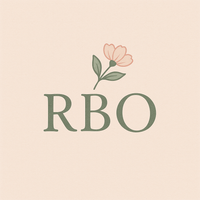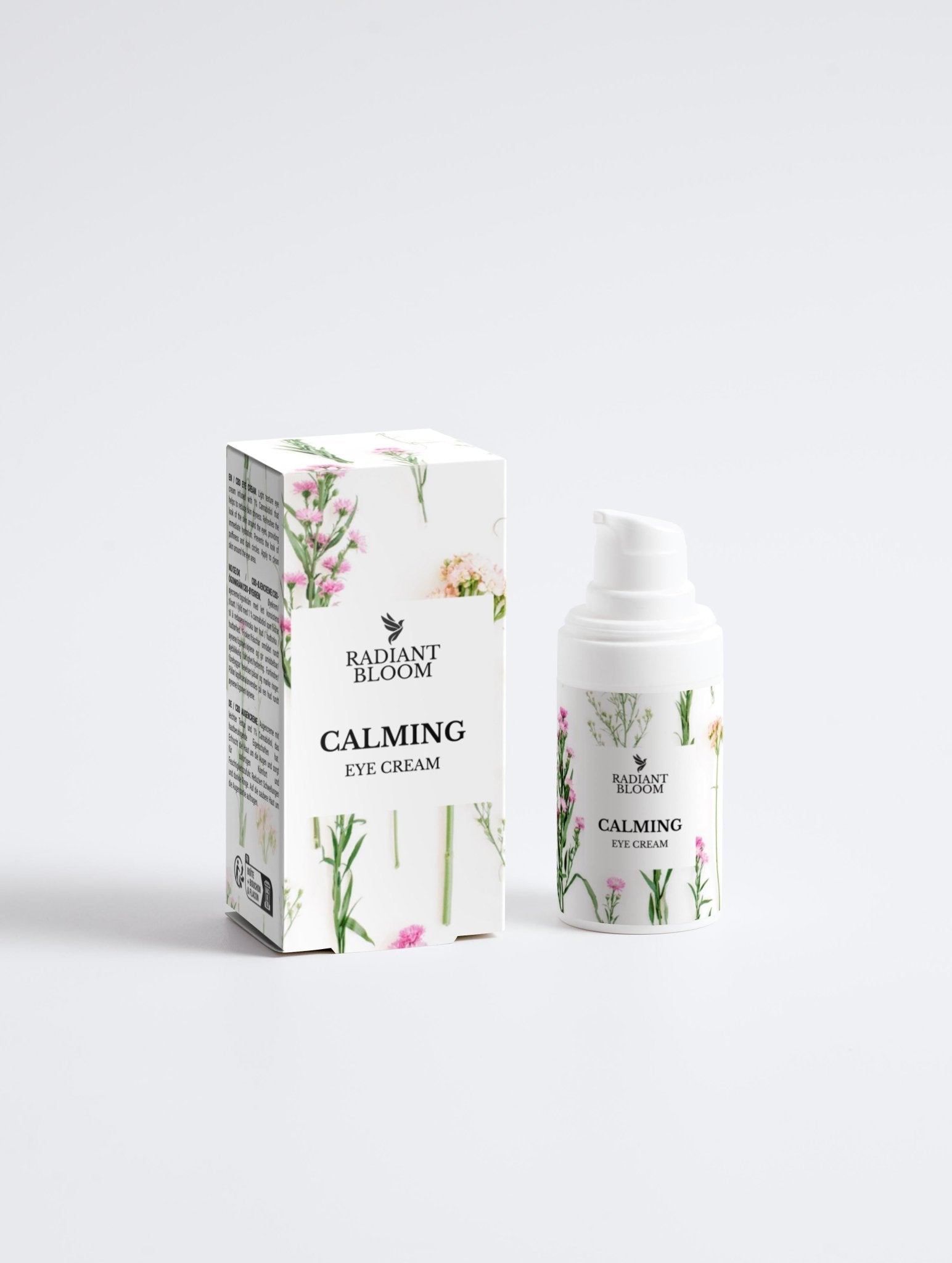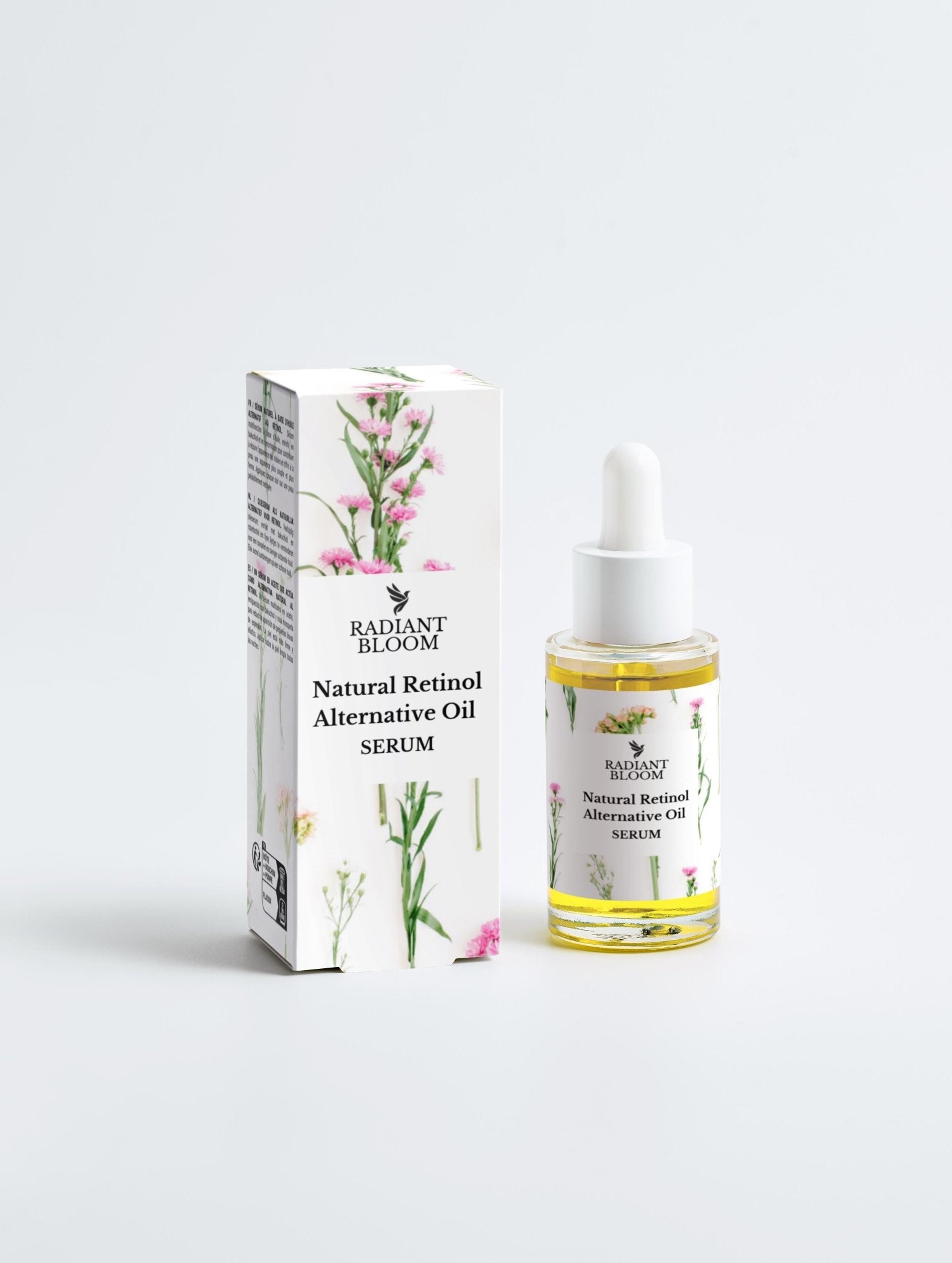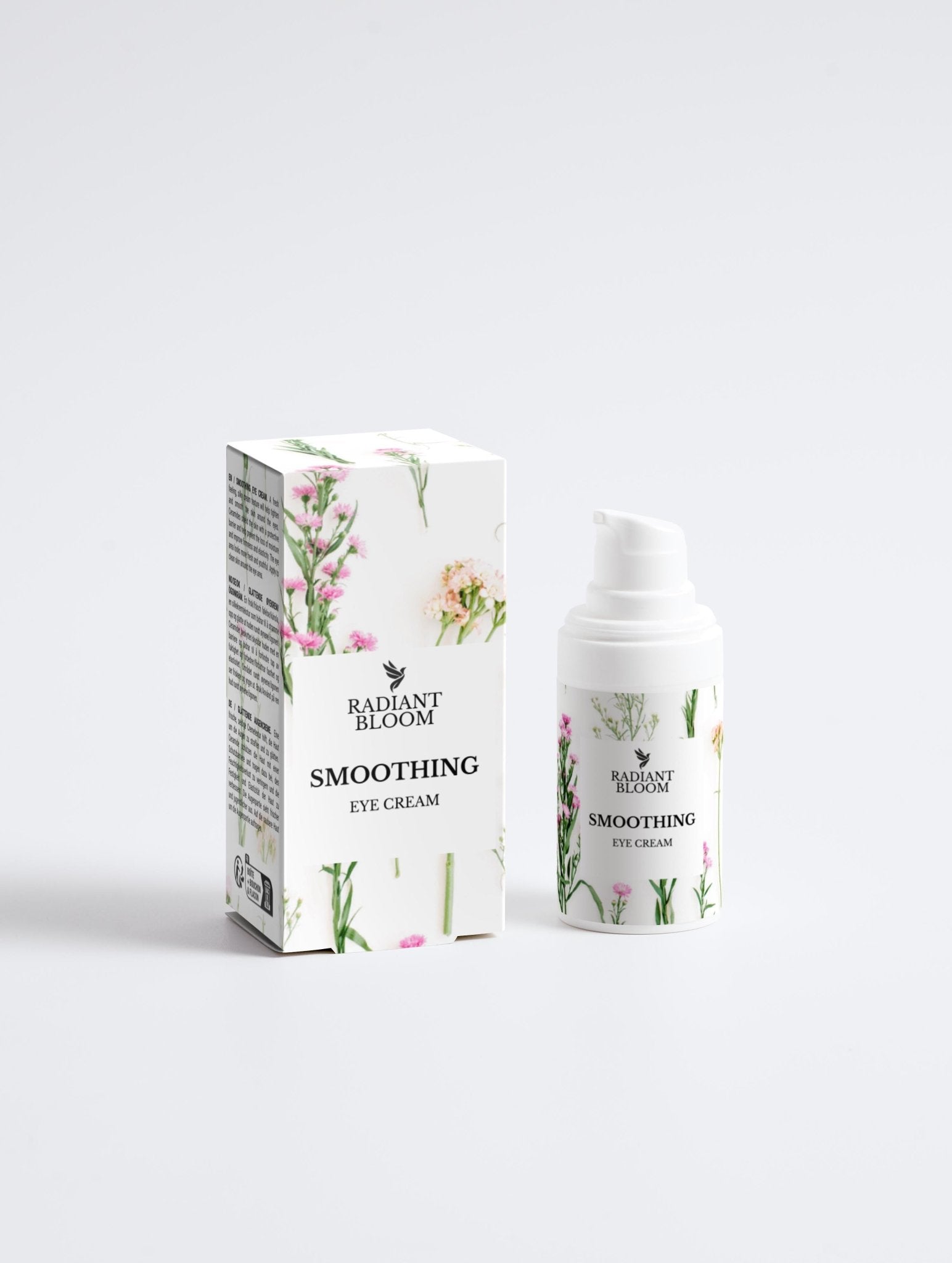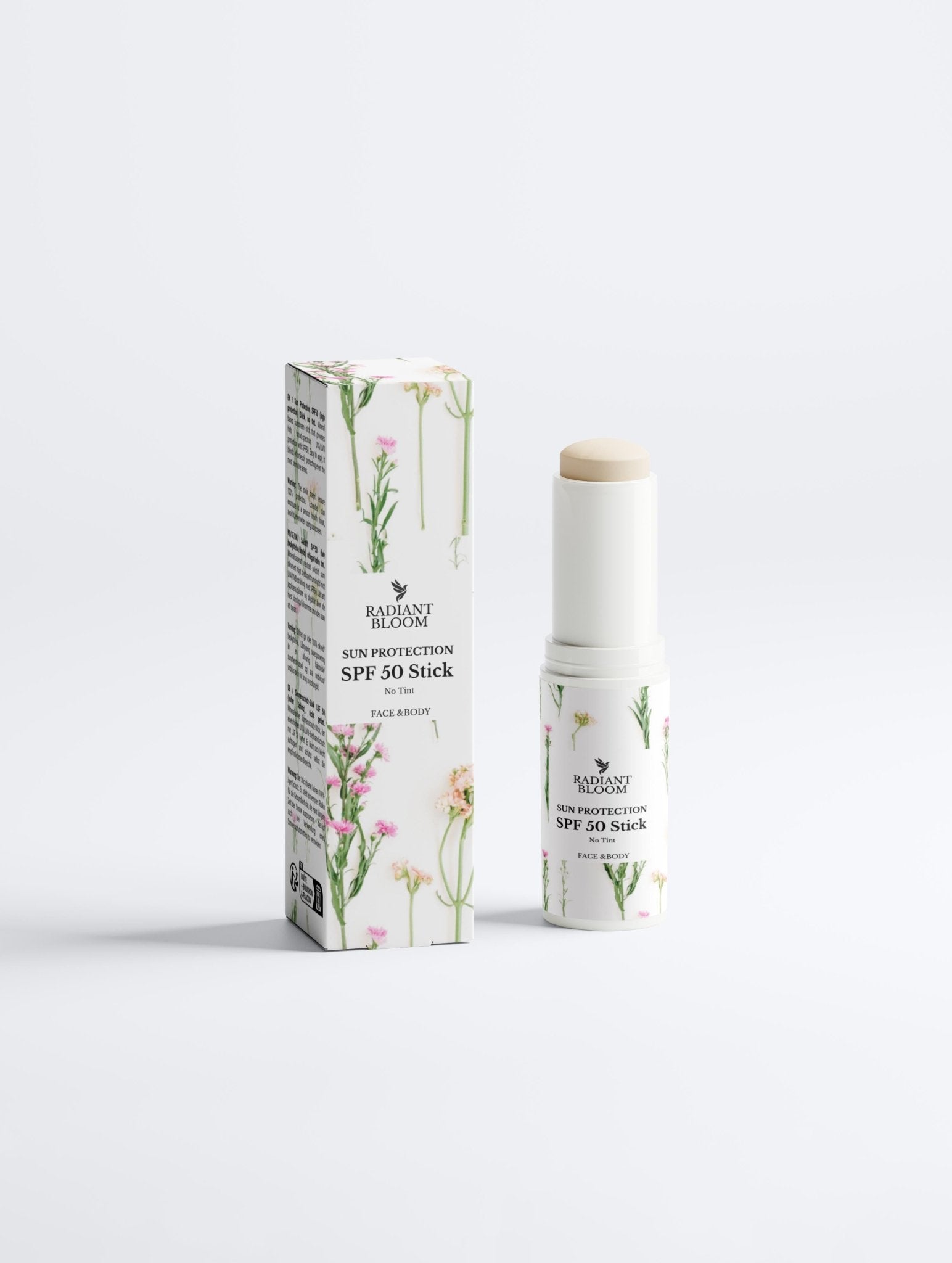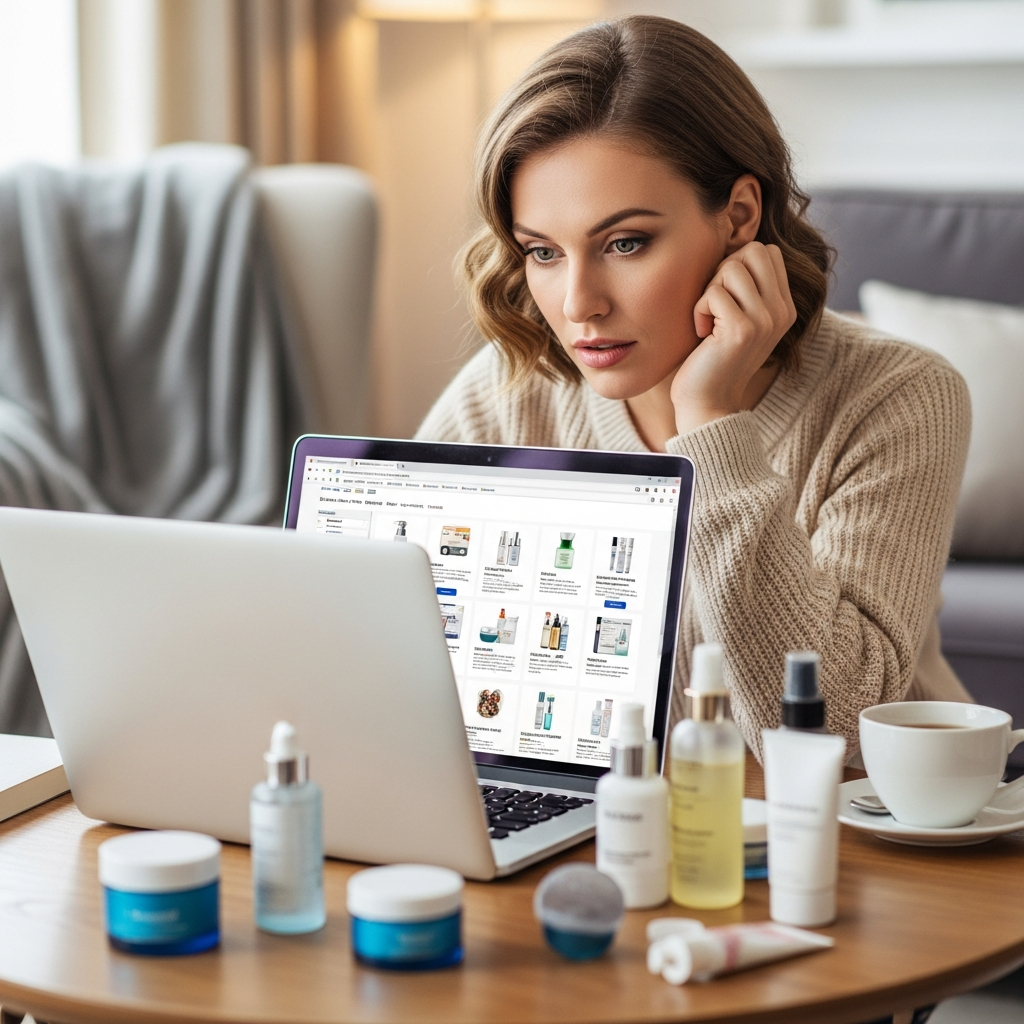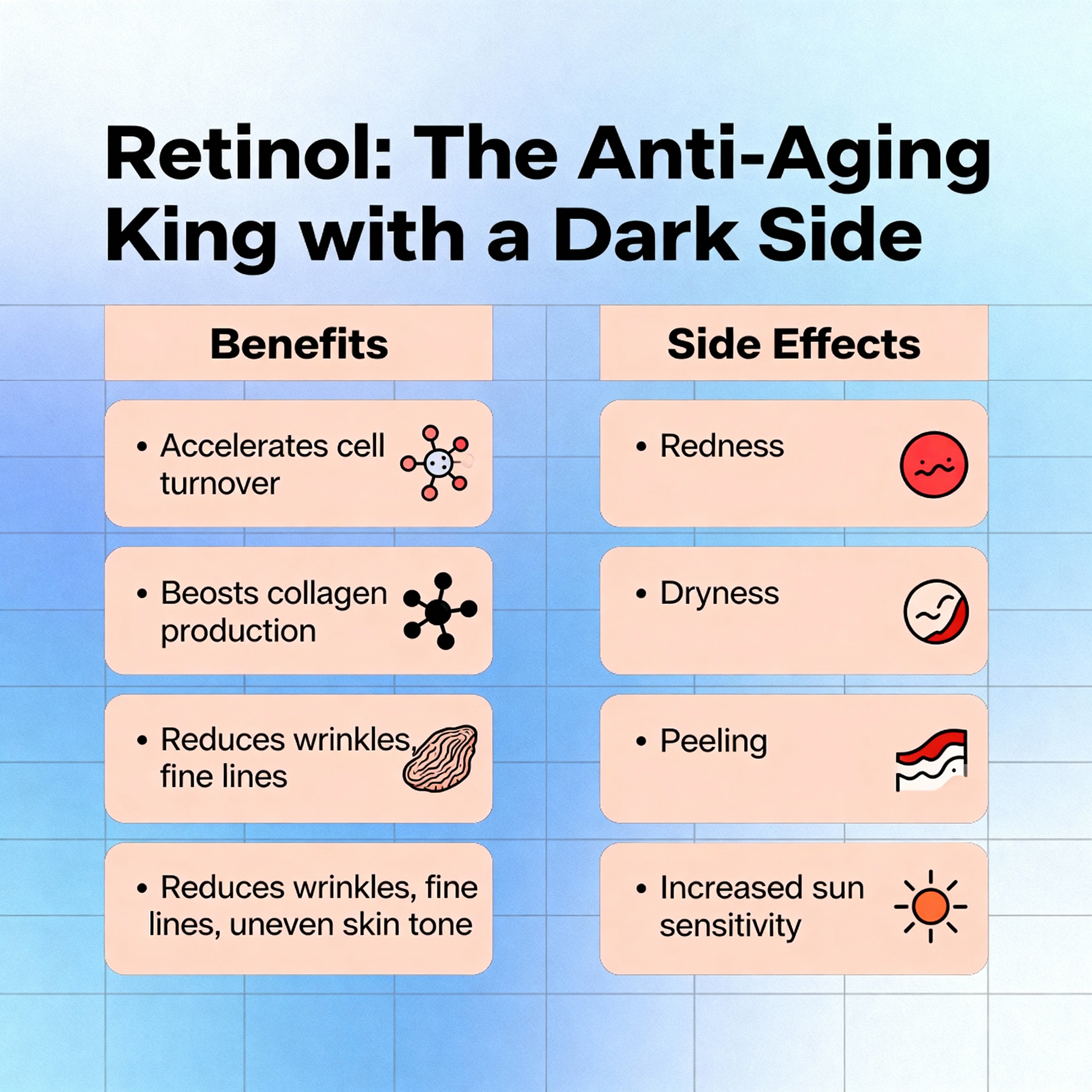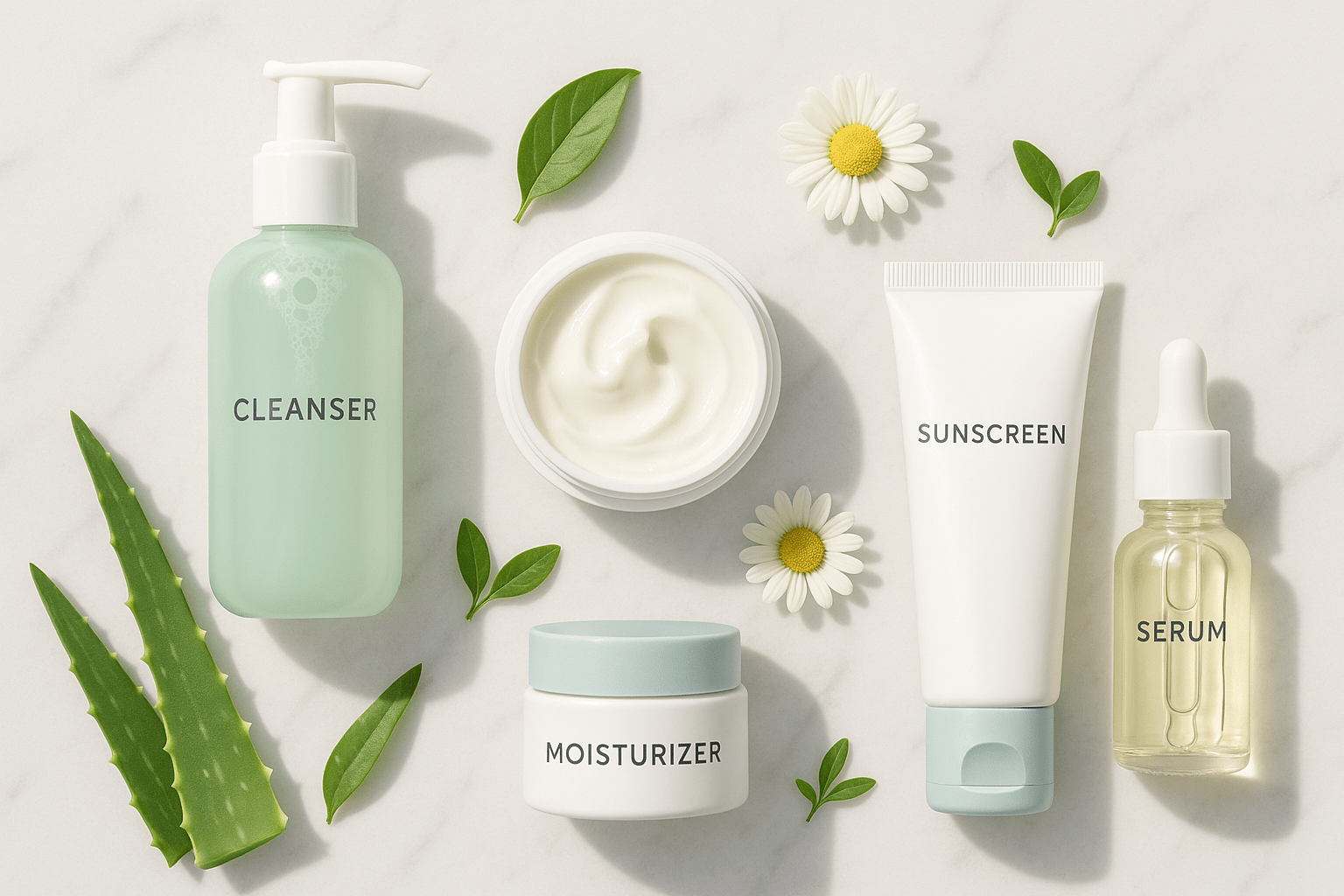How to Treat Chemical Burns from Skincare Naturally: A 2025 Healing Guide
There’s a moment of pure panic every skincare enthusiast dreads. You’re excited to try a new potent acid peel, a high-strength retinol, or maybe you just got a little too enthusiastic with your daily glycolic acid toner. Instead of waking up to a radiant glow, you look in the mirror and see red, angry, irritated skin that stings at the slightest touch. You’ve officially overdone it and given yourself a chemical burn.
First of all, take a deep breath. While it’s distressing and uncomfortable, it’s also incredibly common and, most importantly, fixable. You haven't caused permanent damage. What you have done is severely compromised your skin’s protective barrier, and your skin is sending out a desperate SOS signal.
Responding correctly in the hours and days that follow is absolutely critical. The wrong moves can prolong the irritation, while the right ones can set you on a path to rapid healing. This is not the time for more actives; it’s the time for radical gentleness. This definitive guide will walk you through the exact steps to treat a chemical burn naturally, using soothing, barrier-repairing ingredients to calm the inflammation and rebuild your skin’s resilience. At Radiant Bloom Organic, our entire philosophy is built on respecting the skin barrier, making our gentle formulations the perfect allies in your recovery.
What is a Chemical Burn from Skincare?
Before we dive into the treatment, it's important to understand what's happening to your skin. A "chemical burn" in a skincare context is a form of irritant contact dermatitis. It occurs when you’ve applied a chemical exfoliant (like an AHA, BHA, or a retinoid) that is too strong for your skin to tolerate, or you've used it too frequently.
This over-application strips away the top protective layer of your skin (the stratum corneum) too aggressively. As we've discussed in our articles on the dangers of over-exfoliation, this damages the delicate lipid matrix that holds your skin cells together. The result is a severely compromised skin barrier, leading to:
-
Intense redness and inflammation.
-
A stinging or burning sensation, especially when applying other products or even just water.
-
Extreme dryness, tightness, and peeling.
-
A raw, shiny, or waxy appearance.
Your mission, should you choose to accept it, is to treat your skin like a precious, wounded baby bird. You must protect it, soothe it, and give it the building blocks it needs to heal itself.
Step 1: The Immediate Aftermath (The First 24 Hours)
What you do in the first few hours is crucial for minimizing damage and inflammation.
ACTION 1: STOP EVERYTHING.
This is the most important rule. As soon as you realize you've overdone it, stop using all skincare products, especially any form of active ingredient. No more acids, no more retinol, no more Vitamin C, no more scrubs. Your skin’s barrier is in tatters, and applying anything active is like pouring salt on a wound.
ACTION 2: GENTLY RINSE.
Gently splash your face with cool (not cold or hot) water for several minutes. This can help to soothe the initial burning sensation and ensure any residual product is removed. Do not rub your skin. Afterwards, gently pat your face completely dry with a clean, soft microfiber towel.
ACTION 3: APPLY A MINIMALIST, SOOTHING MOISTURIZER.
For the first 24 hours, your skin needs simplicity. You need a moisturizer that is completely free of fragrance, essential oils, and active ingredients. Its only job is to provide a protective, comforting layer of hydration.
-
Your Go-To Product: The Radiant Bloom Organic Sensitive Skin Moisturiser is your first line of defense.
-
Why It Works: It is specifically designed for compromised skin. It contains Colloidal Oat and Calendula, two powerhouse anti-inflammatories that will immediately begin to calm redness and soothe irritation. It also contains Ceramides, which are the natural lipids your skin is desperately lacking right now, to start the process of barrier repair. It is the perfect, safe cocoon for your wounded skin. You can learn more about why we chose these 5 key ingredients for an exceptional moisturiser on our blog.
-
How to Use: Apply a generous layer to your dry face. If your skin feels tight later in the day, feel free to reapply.
ACTION 4: STAY OUT OF THE SUN.
Your skin has lost its primary defense against UV radiation. Sun exposure now will cause a massive inflammatory response and significantly delay your healing. If you absolutely must go outside, wear a wide-brimmed hat and sunglasses. Avoid applying sunscreen for the first 24 hours if your skin is raw and open, as even gentle formulas can cause stinging.
Step 2: The Healing Phase (Day 2 to Day 7+)
After the initial 24-hour crisis period, you can introduce a very gentle, supportive routine. The goal remains the same: reduce inflammation and rebuild the barrier. Your mantra for this week is "Hydrate, Soothe, Protect."
Your SOS Healing Skincare Routine
This routine should be followed morning and night until your skin no longer feels tight, red, or sensitive.
MORNING & EVENING ROUTINE:
1. The Gentle Cleanse: You must cleanse to remove impurities, but it has to be incredibly gentle.
-
Product: Radiant Bloom Organic Sensitive Skin Oil-to-Milk Cleanser.
-
Why It's Perfect: A traditional foaming cleanser can be too stripping for a compromised barrier. This oil-based cleanser allows you to cleanse with zero friction and zero stripping. It uses nourishing organic oils to gently dissolve grime. When you add water, it turns into a light milk that rinses away clean, leaving your skin feeling soft and comforted, not tight.
-
How to Use: Massage one pump onto dry skin. Do not rub vigorously. Then, wet your hands and gently massage again to emulsify before rinsing with cool water and patting dry.
2. The Calming Hydration Layer: Skip any toners with actives. A simple, hydrating toner can feel very soothing.
-
Product: Radiant Bloom Organic Hydrating Toner.
-
Why It's Perfect: This is an alcohol-free mist of pure hydration. It contains soothing Rosewater and moisture-binding Hyaluronic Acid. Misting it on feels incredible on tight, irritated skin.
-
How to Use: Mist directly onto your face or pour into your palms and gently press into the skin.
3. The Barrier Repair Moisturizer: This continues to be the most important step.
-
How to Use: Apply a generous layer over your still-damp skin from the toner to lock in that extra hydration.
4. The Protective Oil Seal (PM Routine or for Very Dry Skin):
-
Why It's Perfect: This oil is a blend of pure, organic, barrier-replenishing oils like Rosehip and Jojoba. Rosehip oil, as we explore in our article on its amazing benefits, is rich in essential fatty acids that are critical for rebuilding your skin's "mortar."
-
How to Use: At night, after your moisturizer has absorbed, press 2-3 drops of the oil over your face. This creates a final occlusive seal, preventing water loss overnight and giving your skin a rich dose of healing lipids. You can learn more about using oils in the summer or on compromised skin in our Summer Facial Oil Guide.
5. Sun Protection (AM Routine):
-
Why It's Perfect: Starting on Day 2, you must protect your healing skin from UV rays. Our mineral formula uses Zinc Oxide, which is not only a physical blocker but is also renowned for its anti-inflammatory and skin-soothing properties. For an in-depth look, see our guide on adding mineral sunscreen to your routine.
The Best Natural Ingredients for Healing a Chemical Burn
During your recovery, focus on products that contain these proven soothing and repairing ingredients. For a deeper dive, check out our list of hidden skincare gems.
-
Centella Asiatica (Cica): The undisputed king of calming ingredients. It actively reduces inflammation and stimulates the production of lipids and collagen to rebuild the barrier. You can learn all about it in our Complete Guide to Cica.
-
Oat (Avena Sativa): As found in our Sensitive Skin Moisturiser, its beta-glucans hydrate while its avenanthramides provide powerful anti-itch and anti-inflammatory relief.
-
Ceramides: These are the literal lipids that make up over 50% of your skin barrier. Applying them topically is like directly patching the holes in your "brick wall."
-
Panthenol (Pro-Vitamin B5): A brilliant humectant that also has strong soothing and wound-healing properties.
-
Calendula: A botanical anti-inflammatory that helps to calm redness and support the healing process.
Step 3: The Reintroduction Phase (Week 2 and Beyond)
After about 7-10 days of the SOS routine, your skin should feel much calmer. The redness should have subsided, and the stinging should be gone. This is a sign that your barrier is partially repaired. Now, you can slowly begin to reintroduce your normal products.
The Golden Rule: Introduce only ONE product back into your routine at a time, every 3-4 days. This allows you to monitor your skin's tolerance.
-
Start with Antioxidants: Begin by reintroducing a gentle antioxidant serum in the morning, like our Radiant Bloom Organic Vitamin C Serum. Its benefits are detailed in our Vitamin C guide. Use it every other day at first.
-
Move on to Hydrating Actives: Next, you can reintroduce other gentle serums, like our Botox-Like Peptide Serum. Peptides are excellent for post-recovery as they support skin structure without causing irritation.
-
Reintroduce Exfoliants LAST and with Extreme Caution: Your exfoliating acids and retinol alternatives should be the very last things you bring back.
-
Start with a frequency of only once or twice a week.
-
Consider a gentler alternative. If you burned yourself with a high-strength glycolic acid, perhaps stick to our gentler AHA Peeling Concentrate for a while.
-
Never use them on consecutive nights. Always have "recovery" nights in between. As we explain in our guide to the perfect skincare order, alternating your actives is key to long-term skin health.
-
How to Prevent Chemical Burns in the Future
-
Introduce Actives Slowly: When starting a new acid or retinoid, use it only once a week for the first week, twice a week for the second, and so on, to build up your skin's tolerance.
-
Don't Layer Multiple Exfoliants: Never use a glycolic acid toner, a salicylic acid cleanser, and a retinol serum all in the same routine. Choose one active per routine.
-
Listen to Your Skin: If your skin starts to feel even slightly tight, tingly, or irritated, take a break from your actives for a night or two. That "tingle" is not always a sign that it's "working"; it can be the first whisper of irritation.
-
Focus on Barrier Support: Even when you're not recovering, always include barrier-supporting ingredients (like the ones in our Sensitive Skin line) in your routine to keep your skin strong and resilient.
Conclusion: A Lesson in Gentleness
Experiencing a chemical burn from skincare is a humbling but valuable lesson. It's your skin's way of screaming that it needs a break and a return to basics. By treating it with the radical gentleness of a minimalist, soothing, natural routine, you are not just healing the damage; you are forging a better relationship with your skin, learning to listen to its needs and respect its limits.
The journey back to health is paved with calming botanicals and nourishing lipids. The products in the Radiant Bloom Organic range, especially our Sensitive Skin collection, are designed to be your trusted companions on this healing journey. Trust in the power of gentle care, and your skin will thank you with calm, resilient, and truly radiant health. For more tips and to join a community focused on smart, effective skincare, feel free to browse our entire Skincare Education Blog.
